Vatican II’s Lumen Gentium‘s chapter five is titled “Universal Call to Holiness” and it includes this sentence: “Therefore in the Church, everyone whether belonging to the hierarchy, or being cared for by it, is called to holiness.” By “cared for by it,” it simply means lay people. In other words, lay folks are also called to holiness. Obviously, there is nothing wrong with that sentence.
But it’s also super obvious, so something else is behind it. What is it? I don’t know, but there’s an old Protestant myth that Catholic priests and nuns told lay people they’re not called to holiness. Have modernists run with this in Vatican II? We will see below that the “universal call to holiness” to lay people was always there within the Catholic Church, so at the very least, Catholics need to stop acting like it’s new.
The Roman Martyrology is a book I read in the middle of Prime (the third of eight canonical hours of the Psalms in the Roman Breviary every day.) This Martyrology catalogues thousands of priests, bishops, nuns, lay people and even small children enduring the most unspeakable tortures for Christ in the earliest centuries of the Catholic Church. Every day has about one sentence for each one of about 20 of the most famous martyrs who died that day (as in the anniversary of their entrance into heaven, which it always calls their “birthday.”) On many, many dates, there are accounts of married couples or whole families being slaughtered together for the orthodox Catholic faith. Here’s a few examples from the early Roman Martyrology:
“In Rome, the holy martyrs Chrysanthus, and his wife Daria. After many sufferings endured for Christ, under the prefect Celerinus, they were ordered by the emperor Numerian to be thrown into a sandpit on the Salarian road, where, being overwhelmed with earth and stones, they were buried alive.”—25 Oct (every year)
“After them was burned alive a Christian woman, whose son, five years old, confessed Christ lisping, and as he could neither by caresses nor threats be stopped, he rushed into the fire in which his mother was burning.”—24 Oct
“In Rome, the holy martyrs Eustachius (or Eustathius or Eustace) and Theopistes, his wife, with their two sons, Agapitus and Theopistus. Under the emperor Adrian, they were condemned to be cast to the beasts, but through the power of God, being uninjured by them, they were shut up in a burning brazen ox, and thus terminated their martyrdom.”—20 Sept
“In Thebais, the holy martyrs Timothy and his wife Maura. The Arian prefect caused them to be tortured, and then fastened to a cross, on which remaining suspended and alive for nine days, and encouraging each other to persevere in the faith, they consummated their martyrdom.”—3 May.
Yes, you read that last one correctly—a married couple was crucified together. In fact, there were several married couples crucified side-by-side catalogued in the ancient Roman Martyrology.
Oh yeah, but LG‘s “universal call to holiness” for lay people only started in the 1960s, don-cha-knooow??? Such are the lies found in ecclesiastical revisionist-history. And why revise history? So you forget about the truths that were always there.
Another proof that the “universal call to holiness” was always given to lay people is found in books like Introduction to the Devout Life written by the Doctor of the Church, St. Francis De Sales. I know of no better book for spiritual direction for lay people. It covers everything from meditation to modesty to manners to chastity to enduring false accusations to simply comporting oneself as a Christian who lives in the world (not in a desert monastery).
Introduction to the Devout Life also covers mental prayer, vocal prayer, marriage, heaven and hell, children and being a good example. It balances prudence with boldness, charity with humility, manners with zeal. It does this in an extremely unique but clear manner. It’s also an outstanding book for any priest or bishop or nun, but the saint wrote it specifically for a laywoman (who also later became a saint herself.) St. Francis De Sales wrote this book in the 16th century, probably right about the same time the Protestant revolters began the myth that priests were sneaking about and telling people only they the priests were called to holiness. Again, revisionist history exists to destroy roots.
But let’s (for the sake of argument) pretend that Lumen Gentium was the very first document in 2000 years of Church history telling married people they were called to holiness. Here’s how it’s going since the Council:
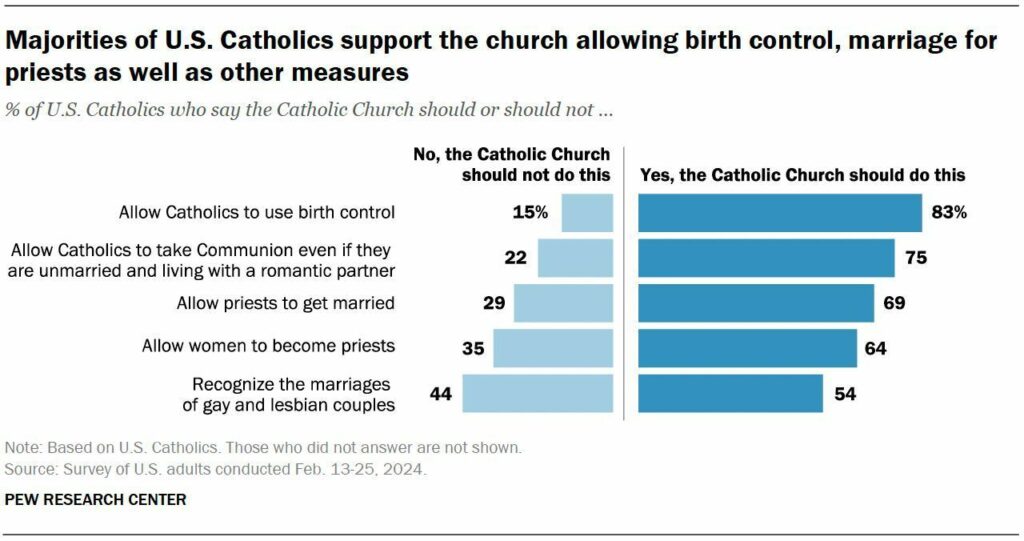
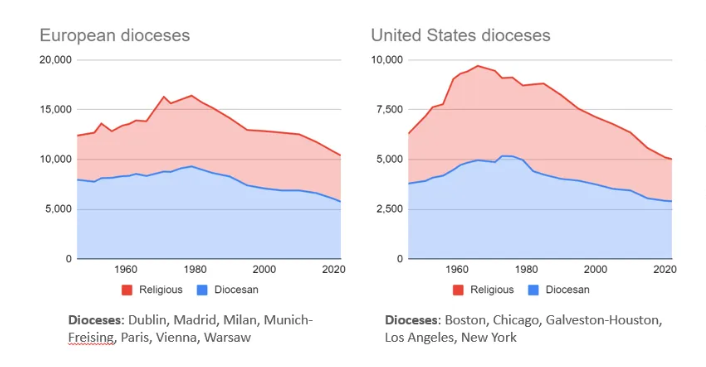
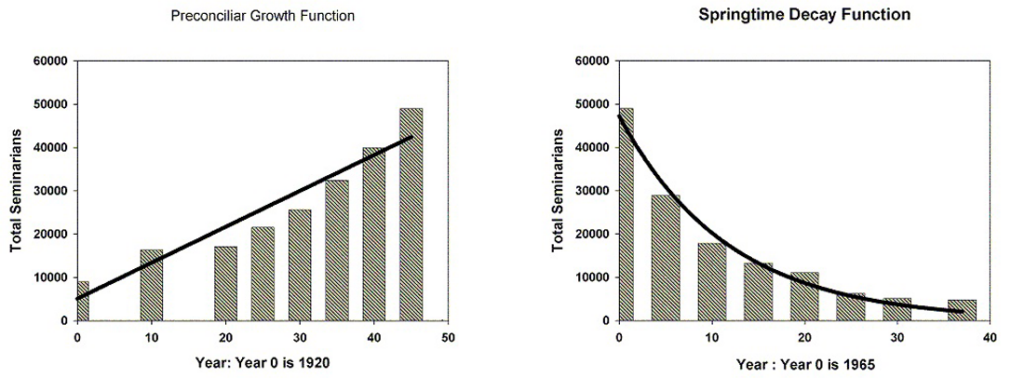
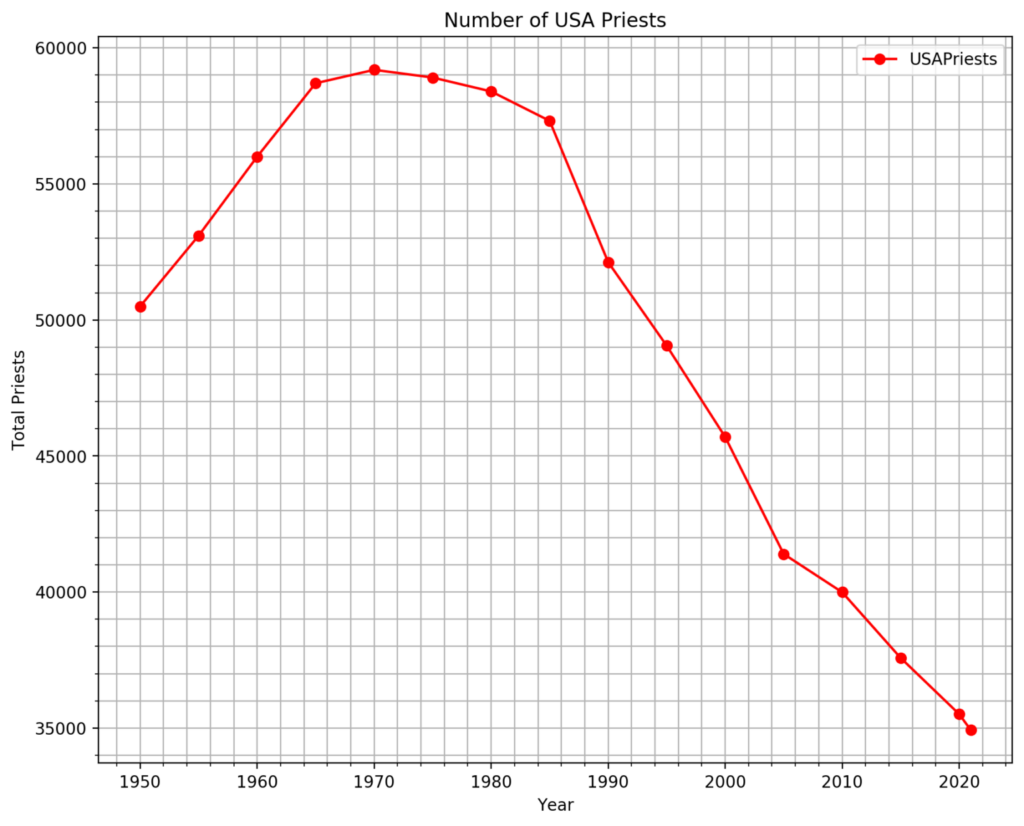
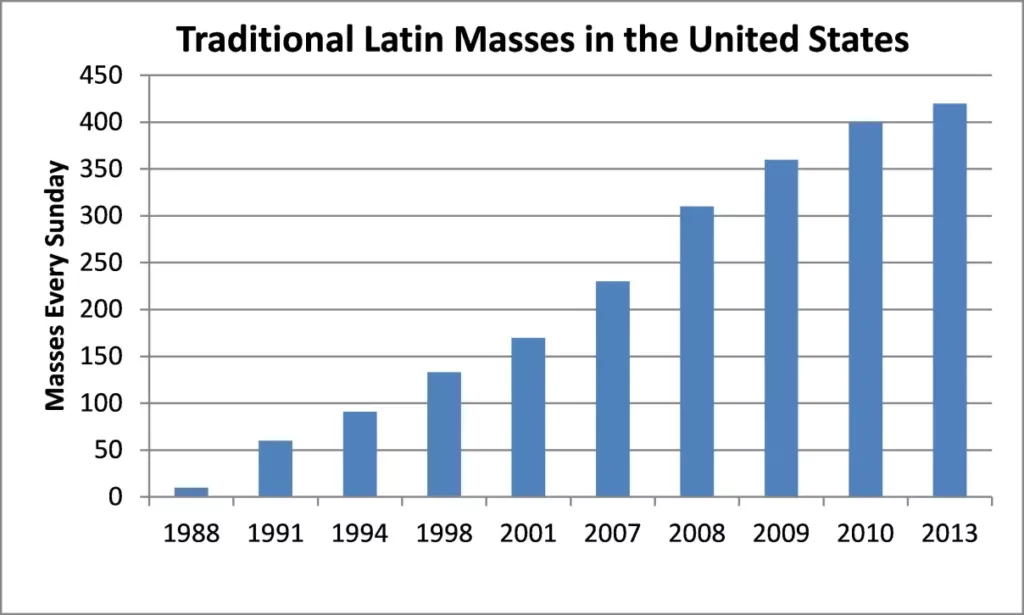
I am posting more Life Updates these days. Thank you to all those who have decided To Donate. I hope to build a real hermitage with a chapel in the next five years.
